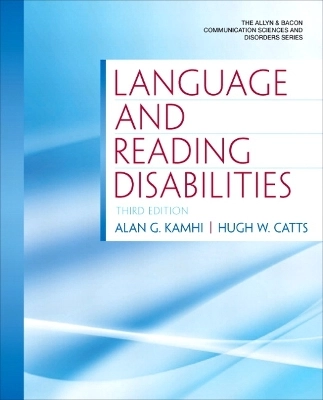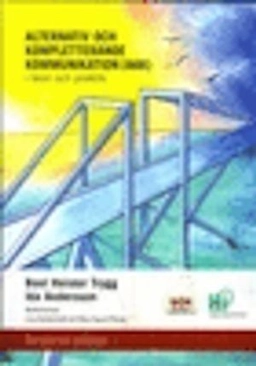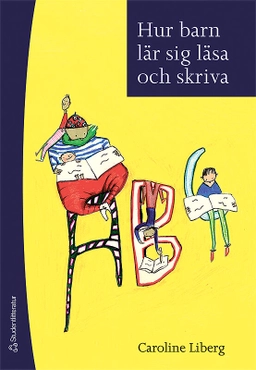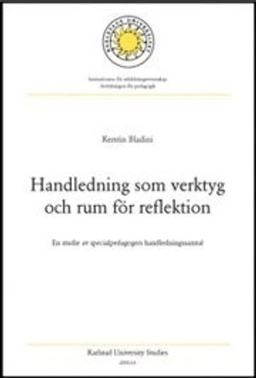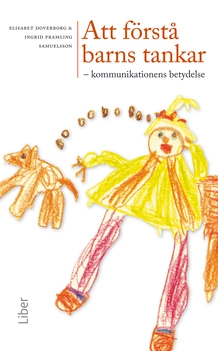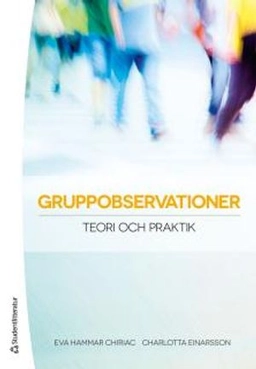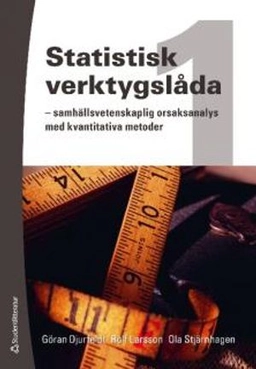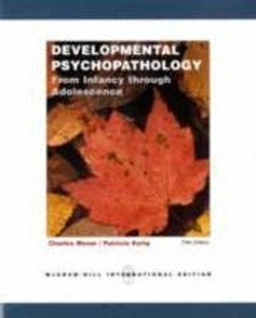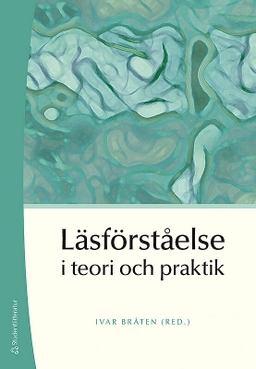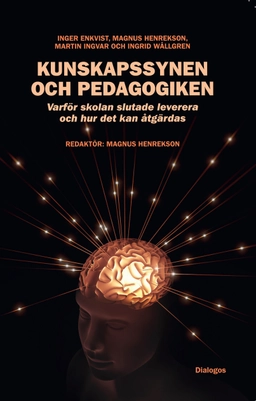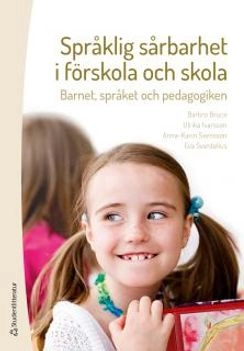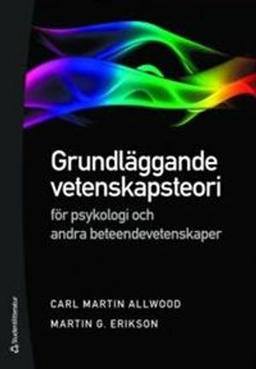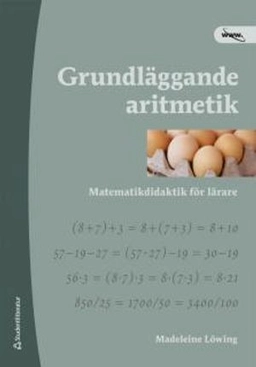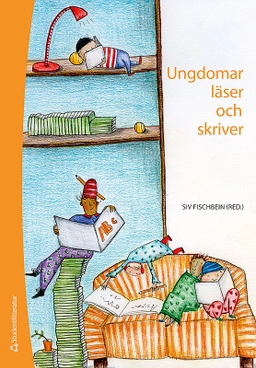Now more than ever, increased attention has been given to students achieving adequate levels of reading proficiency. Maintaining its strong clinical and research basis, the third edition of Language and Reading Disabilities successfully keeps pace with the rapid changes in our knowledge about language and reading disabilities by providing readers with the most up-to-date advances in research and instruction in reading disabilities. This edition continues to cover a wide variety of theories by comparing and noting the similarities and differences between spoken and written language. This text is broad-based in its coverage of identification, assessment, and treatment of reading and writing disorders.
New to This Edition:
A new chapter on reading comprehension (Chapter 6) addresses definitional issues that affect the way reading is assessed and taught. Additionally, a model of comprehension is presented to help readers develop appropriate measures of understanding. A new chapter on spelling (Chapter 8) covers the innovative 4-block model of spelling while also providing numerous suggestions to help readers assess and treat students with spelling difficulties. Updated and consolidated information on defining and classifying reading disabilities has been incorporated into a new, stand-alone chapter (Chapter 3). Expanded information about RTI and subgroups of poor readers has been added to Chapter 3. New topics include comprehension development (Chapter 2), RTI and subgroups of poor readers (Chapter 3), auditory processing deficits and poor comprehenders (Chapter 4), development of literate vocabulary and complex syntactic structures (Chapter 7), and cognitive linguistic skills in writing (Chapter 10). An updated Chapter 9 now includes additional instructions about how to write genre-specific texts.
Åtkomstkoder och digitalt tilläggsmaterial garanteras inte med begagnade böcker
